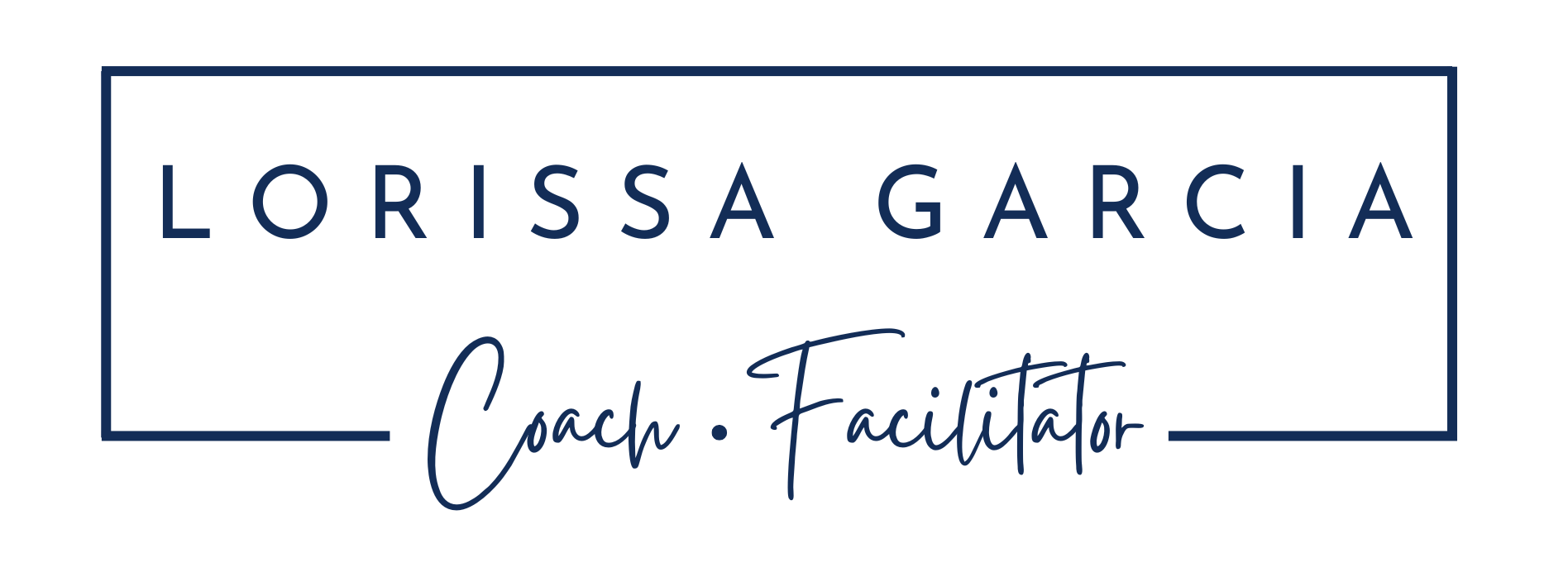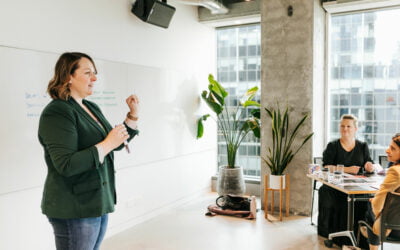Over the last few days as Leaders come up for air from the series of crisis coming at them, I’ve been fortunate enough to keep doing what I love – which is coaching, strategising and helping unpack the emotional rollercoaster they themselves and their people are experiencing.
My coaching approach is somewhat unconventional, I will admit to not being a purist coach – I love a good model or framework, and I particularly love tools that support the client to make the shifts they need. Having access to a tool like the Emotional Culture Deck has been so helpful during these conversations, even for clients that have never experienced the culture deck. The emotional literacy my clients can access because of the deck has been key in unpacking what is going of for them, and to build a new approach to leadership during these extraordinary times.
One leader that I have been working with for some time decided that some reflection and activity using the deck was the most useful conversation for her to have today. She is managing a small team of professionals and had previously worked through the first stage of the deck – examining the emotions she wanted to feel and not feel in her organisation and role. Where today’s activity helped was in what she, as a leader, wanted her people to feel and not feel from an emotional experience, and what she could do to enable, or manage these emotions for her people.
Before jumping into the cards and F word discussions (feelings!), I took my client through a model to help her identify where her people were. Maslow’s Hierarchy of Needs is one of the models I have been using to give insights into what may be happening as a result of people experiencing uncertainty and shock at such a rapid pace. When leading people – be that in a role, as an organisation or a community, we need to meet people where they are. Where people may be at the moment is at the base of Maslow’s Hierarchy – they need their Psychological and Safety Needs met before they can hear or comprehend anything else. They need certainty about their jobs, they need to know they can pay their mortgage, or pay their next lot of school fees. They need to know they have enough food in the house to feed their family if we go into lockdown – or even enough money to pay for enough food with potentially scarce job prospects. Being able to meet her people where they are, the model provided a framework for how my client may need to communicate and interact with people during this first stage of the crisis.
Image from https://www.simplypsychology.org/maslow.html
With that in mind, we took our the deck and started with a Split, Sort & Shortlist, first Split the deck into the white and black cards. Taking the black cards (pleasant emotions), my client set to Sort the cards to what she wanted, working down to a Shortlist of her Top 5.
Unpacking that Top 5 one at a time, we were able to look at each, and what it meant for her own actions, and what impact that would have on her people during this time. Connected was one that she had chosen and as we explored this, she was able to raise some very specific actions she could do to help her people feel more Connected.
Referring back to Maslow’s Hierarchy, we also recognised during this time is that her leadership style may change – she may be communicating more and her style may be more directive than usual given the urgency and sensitivity around some of the work and decisions that needed to be made. To ensure that people still felt Connected during this stage of the crisis, she made small refinements to her actions, including communicating that her style may be different for a short time and asking how they needed to be communicated with to stay connected.
“We spent some time discussing what the next horizons of this crisis might look like …. and what people may need from leadership as they move into Stage 2 and Stage 3 of this highly charged emotional journey.”
During times like these, it can be important to make a consultative approach and ask people what they want – how can we as leaders support them best. With this in mind, we spoke about what we could be asking each of our people to understand what they need more specifically.
Sitting alongside these desired emotions for my clients people, and a need for security and safety, it is important to not just look at the current landscape, but to start forecasting future needs. We spent some time discussing what the next horizons of this crisis might look like (our best guesstimate at this time) and what people may need from leadership as they move into Stage 2 and Stage 3 of this highly charged emotional journey. This was about looking from a more strategic perspective about what is needed not just for her team or organisation, but for the sector, and what role my client can play in that future state.
At the end of the session, my client was able to prioritise her top 3 actions to implement immediately and 3 questions to check in with her people about Connection:
1. What does Connection look like for you as an individual?
2. How often do you feel the need to connect in person?
3. What tools or processes can we use for better connection during this time?
In our next session we will use the white cards (unpleasant emotions) to look at the emotions my client doesn’t want her people to feel – and how to help them manage those emotions should they come up.
Would you like more clarity on how to lead during these times?
Want to discover how to lead your team during this emotionally charged time?
Reach out to book in a session to discover how understanding emotional leadership can support your people.
*********************************************************************
And if you want to learn more about The Emotional Culture Deck, there are a few ways you can do this:
Visit www.theemotionalculturedeck.com
Download a free Lo-fi PDF version of the deck at the website, click here
Download the #emotionalcultureworkshop for free here (yes for free! I can also facilitate this workshop remotely for you and your teams if you wanted some help).
You can also attend an Emotional Culture Masterclass online, click here for more info
If you still have questions, feel free to contact me!





